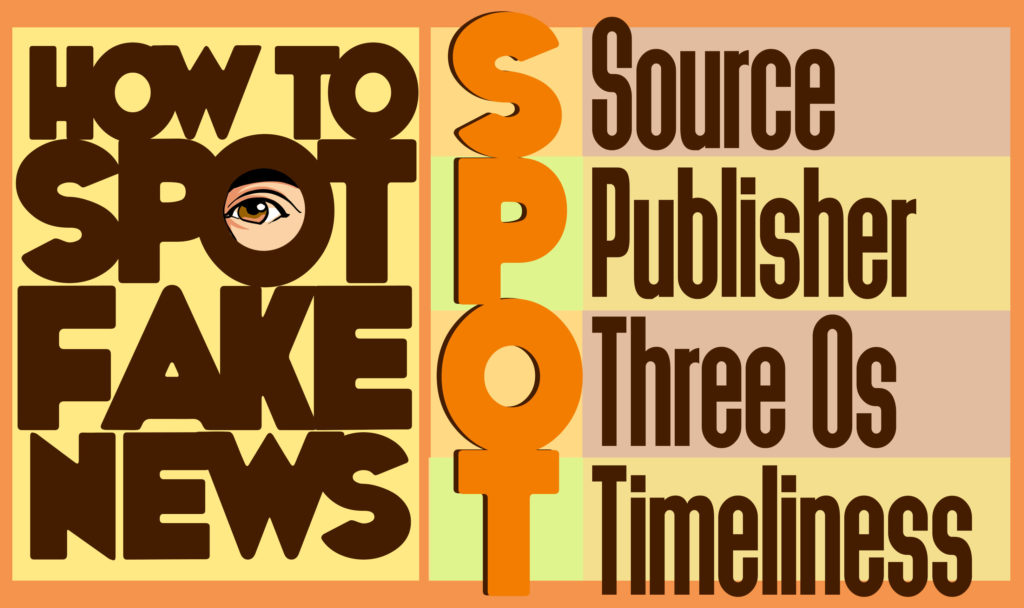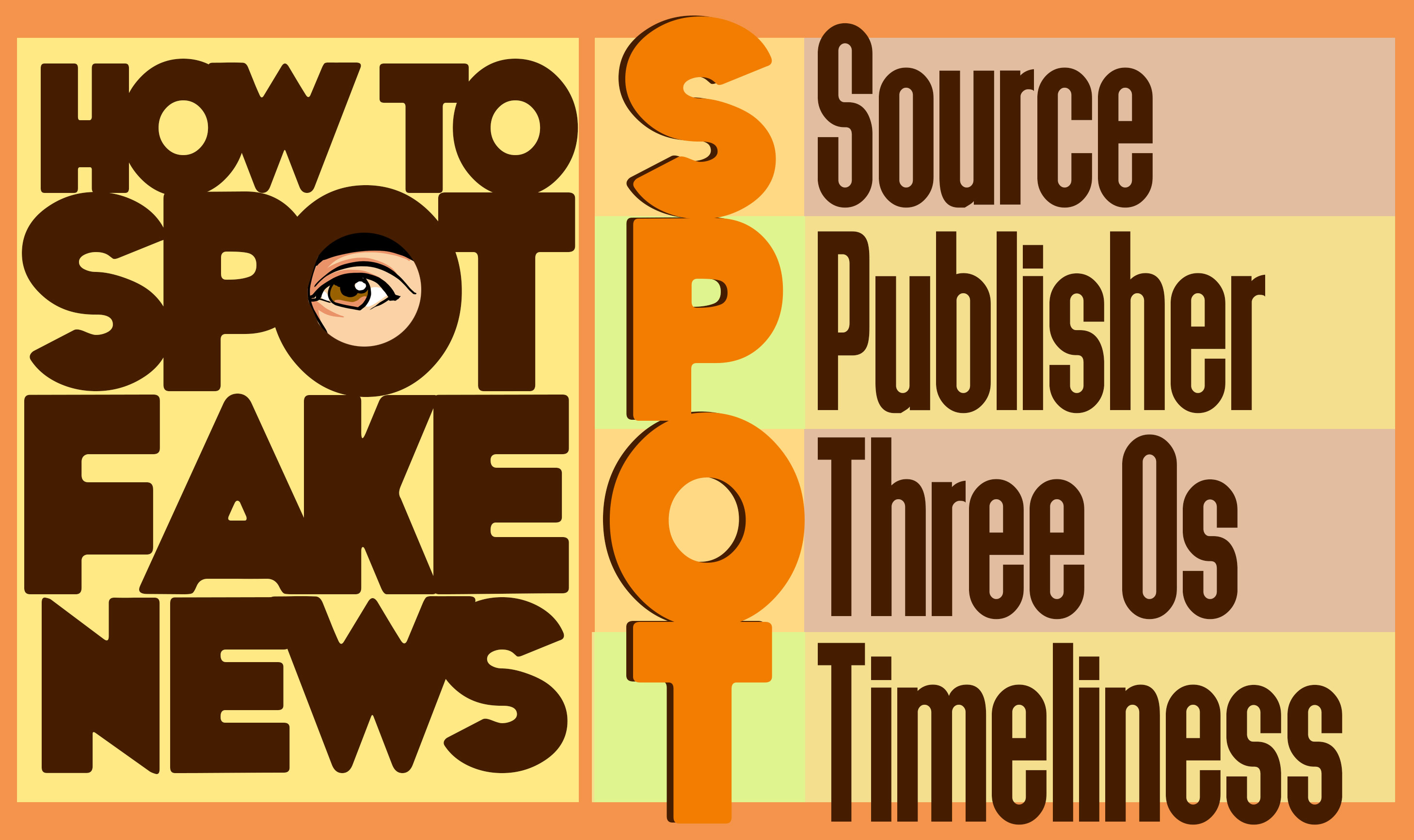Three out of every four American adults are fooled by fake news headlines. That was the finding of a survey authorized by BuzzFeed.
I found that too when I started BD Fact Check, Bangladesh’s first fact-checking organization. I was looking for a model to identify fake news.
Fake news stories have more engagement than real news stories in social networking sites. Sinan Aral, a professor at the MIT Sloan School of Management finds that false news stories are 70 percent more retweeted than the true stories on Twitter (http://news.mit.edu/). Social media algorithms tend to show the most-viewed or engaged content first without checking whether it is true, false or fabricated. As a result, people are getting more confused about what is true or false on social media outlets.
The Digital, Culture, Media and Sports Committee of the U.K. parliament considered fake news as a direct threat to politics and democracy as it misleads audiences.
Scholars and practitioners agree that the augmentation of media literacy among the people can be helpful to reduce the amount of fake news on the internet.
The BD Fact Check, which is committed to the International Fact-Checking Network’s (IFCN) code of principles, identified 213 fake news items in Bangladesh. As a professional fact-checker, I have tried to identify characteristics from this study that identify stories as fake news.
I find 14 characteristics that set fake news apart: anonymous sources (82.63 percent), lack of proper evidence (73.24 percent), problems in quoting sources (52.11 percent), no author’s name in the byline section (84.98 percent), no detailed information in the “About Us” section on the website (57.75 percent), fake domain names (38.5. percent), lack of coverage in other mainstream media (88.73 percent), opinion piece (50.23 percent), grammatical mistakes (60.56 percent), spelling mistakes (50.70 percent), punctuation problems (45.53 percent), excessive usage of adjectives (69.01 percent), problems in mathematics (45.53 percent), and no publication date (67.13 percent).

Finally, I categorize these characteristics of fake news under four sections to create the SPOT (S- Sources, P-Publishers, O-Three Os, and T-Timeliness) model of identifying fake news. The SPOT test will be helpful for fact-checkers, as well as for the general public to identify fake news.
SPOT test
S-Source
Some common news sources are radio, television, newspaper and magazine, press release, press notes, press statement, handout, verified Twitter account and Facebook account. An audience can check sources by asking some questions to identify fake news.
Is the source real?
The study finds that 82.6 percent of fake news has no real source. Fake news producers use some fake research organizations like “Peoples and Politics,” “The Statistics,” “We are the People,” “Global Intelligence Network” and media organizations like “The Arab News,” “The National,” etc. Fake news producers use such sources to make the article appear credible to the audience. Audiences can check whether the source is real or fake by using search engines on the Internet.
Is the evidence provided by a source factual?
Sometimes the source presented in the fake news is real, but the evidence is fake. As an example, a fake news article presents evidence in this way:
“John Keane is the Professor of Government and International Politics at the University of Sydney who explored the similarities between the two leaders. He called Sheikh Hasina as the new Mahathir of Asia. He stressed, ‘The way Mahathir transformed Malaysia, Sheikh Hasina will do the same by breaking the chain of poverty.’ He further said, ‘The way Mahathir’s controversy lost with the passage of time and remained only his achievements, perhaps, the same thing will happen to Sheikh Hasina as well.’”
Keane told BD Fact Check, “This is fake news. I never said any such thing.” John Keane is the Professor of Government and International Politics at the University of Sydney. The evidence provided here is not true. So, by checking with the source an audience can easily identify fake news.
How is the source presented?
The most important precaution is to see how the source is presented. Fake news creators use myriads of ambiguous phrases like, “anonymous sources say,” “a lot of sources ascertain that,” “various sources said,” “sources say,” “they think that,” “researchers said,” “it was said that,” “it is found in research that,” “it was concluded that,” “survey said,” “administration sources said,” “Saudi authority,” etc. Professional journalists do not present sources in such a casual or unprofessional way. Another important consideration is that professional journalists keep sources’ quotes in quotation marks to make the report more credible. Thus, check the sources’ presentation to identify fake news.
P-Publisher
Fake news creators utilize different strategies to make the fake news believable. Audiences can identify fake news by asking three questions:
Who is the author?
Most of the fake news does not have an author’s name in the byline text of the article. Some fake news stories start with “desk report,” or without any credentials. If there is byline, search the internet to find more information about the author. Also search LinkedIn. It is also useful to know the author’s ideology, whether the author is being paid and by whom.
Check the domain name.
The study finds that fake news producers create news websites by mimicking the traditional and lawful news outlets to make the fake news more believable. To mimic, the fake news creators take almost the same domain name with a different ending of the website’s URL: .com, .net, .org, .edu, .gov, .int, etc. During the 2016 U.S. presidential election myriads of fake news websites have appeared to mimic traditional and lawful news outlets. As an example, ABCnews.com.co was a fake news website which mimicked the url, design, and logo of the ABC News website owned by Disney Media Networks. If you want to know more about the website, search the domain name in https://whois.icann.org website’s search option. The organization provides the name, address, email, contact number, and administrative and technical contact addresses.
Check the “About Us” section.
The “About Us” menu of a website tells about the organization and its goal and objectives. The study finds that 57.75 percent of fake news websites did not have any “About Us” menu on their website. Only 24.88 percent of the websites have the “About Us” menu, but they did not give enough information to know details about them.
O- Three Os (Opinion, Other Outlets, and Odd writing)
In this section, audiences need to check a couple of items: whether the news article is an opinion piece or not, is the article covered in other traditional and lawful news outlets or not, and the quality of the writing.
Is the news an opinion piece?
There is a strong boundary between news and editorial. In a news article, a reporter should not express his or her opinions and thoughts freely. They can only synthesize the facts, events, and perspectives to draw a conclusion. On the other hand, opinion pieces feature interpretations of events where the expert gives their own opinion. Fake news creators present opinion pieces as regular news. Thus, audiences must confirm that they distinguish between reading news and opinion.
Do other outlets cover the news?
The study finds that 88.73 percent of fake news items are not covered by the mainstream and lawful media outlets. It is a good indicator to check the news items in other outlets. If other news outlets cover the item, audiences still can find the different perspectives of the event.
Is there anything odd about the writing?
Professional journalists follow a journalistic style of news writing. If an audience checks a few items in the article, readers can figure out how professionally the news article has been written. An audience can look for grammatical, spelling, punctuation, and mathematical mistakes in the report. A news article is edited by professionals. As a result, professional news outlets report higher quality material. On the other hand, there is no professional organization to create and produce fake news, and it does not filter through editors. Thus, fake news has less quality. The study finds grammatical mistakes, spelling mistakes, wrong punctuation, and mathematical mistakes in most of the fake articles. Moreover, audiences should be careful about excessive usage of adjectives in the article. Professional journalism doesn’t allow reporters to judge whether a party or person is good or bad, journalists can describe the situation only.
T-Timeliness
The study finds that 67.13 percent of fake news items do not have any dateline at the beginning of the article. The dateline is a short piece of text included in the news article that demonstrates when and where the news article is written. The study also finds inconsistencies in articles when a fake news article indicates any specific event. Fake news articles sometimes mention vague time like “a few days ago,” “some time ago,” “at night,” or without any time. Thus, an audience easily can spot fake news by checking its timeliness.
In the age of social media, the spread of fake news is so rampant that it seems almost impossible to combat it. Only machines effort can’t go far away without the help of human’s critical thinking. In the future, human faculties will lead while machine efforts will play supporting roles to fight against fake news. At the same time, we need to increase media literacy and critical faculty among the people to identify fake news, and the SPOT test will help them in the process.
Zahedur R. Arman is the founding president of BD Fact Check. He is a doctoral student in the SIUC College of Mass Communication and Media Arts. He is interested in strategic communication and social network analysis.
